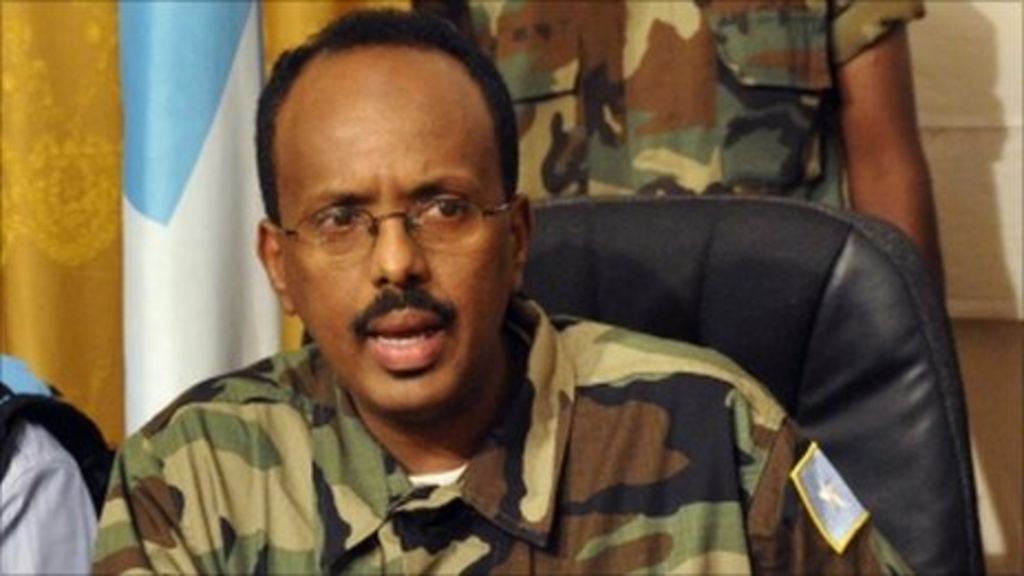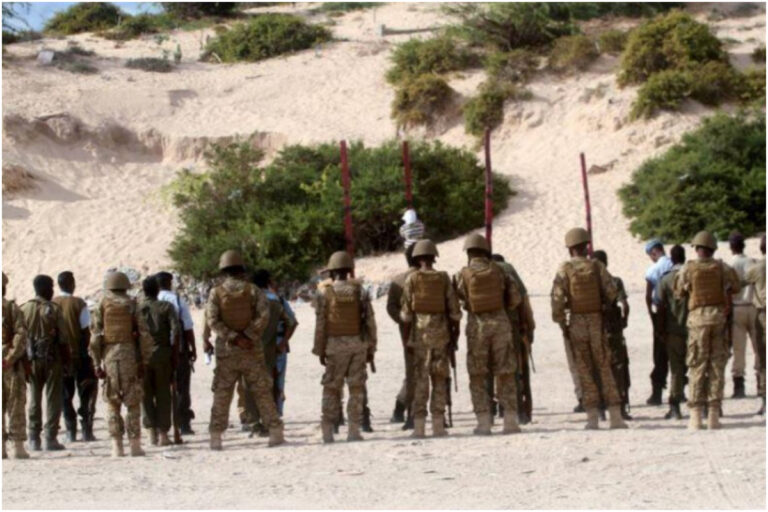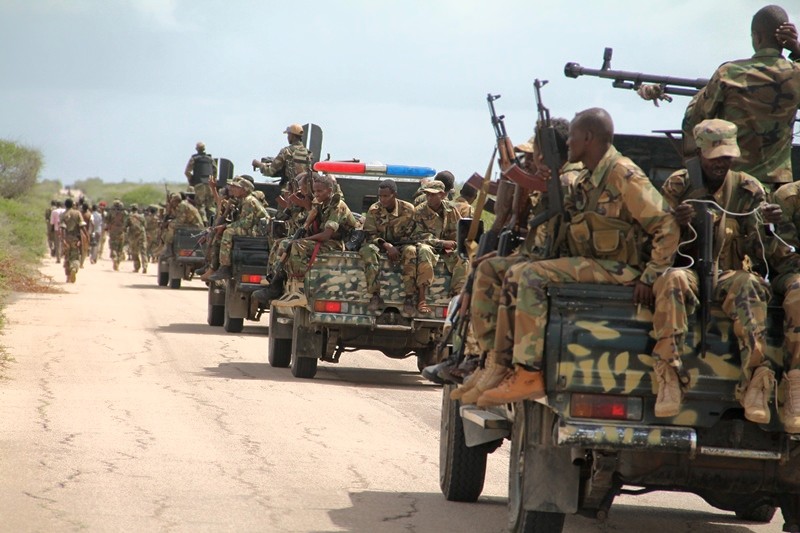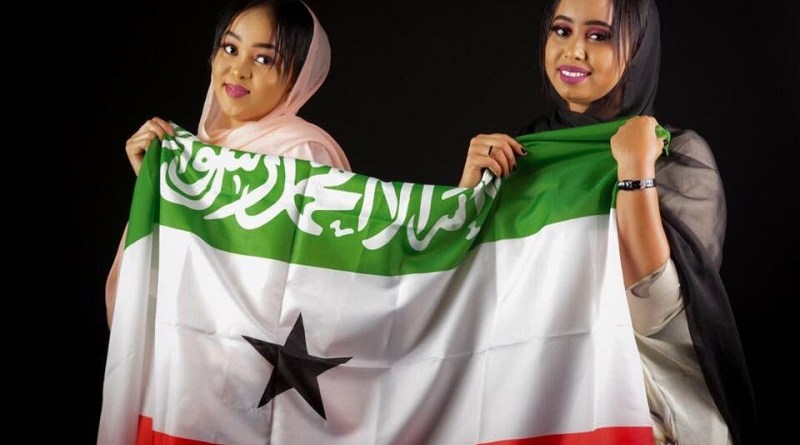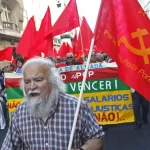The dispute over Sool and Sanaag in Somalia provides a potential risk of violent extremist organisation infiltration or utilisation of the area. The longer and more divisive a dispute between Somaliland and Puntland, the more groups outside the system may be in a position to take advantage. These include al-Shabaab and the Islamic State in Somalia, who maintain a presence in the mountainous areas to the east and west of Bosasso in Puntland respectively.
A conflict between Somalian security personnel and clan members in Las Anod that began on February 5, 2023 following the assassination of a local lawmaker by masked gunmen. It was the most recent in a string of killings that have occurred in the area over several years that the authorities have attributed to Al Shabaab fighters. This recent conflict also coincides with a debate over the future status of lands in eastern Somaliland, where a sizable percentage of inhabitants appear to favour Somalia’s unification.
Just before clashes, traditional elders were preparing to announce the result of days-long conference in Las Anod city. The meeting produced a communique that declare an autonomous regional state, free from the secessionist state after almost 15 years of oppressions and lack of freedom. Somaliland forces attempted to prevent the elders to establish an administration that supports the greater Somalia and part of the Federal member states.
The discord centres on competing claims to the Sool and Sanaag (and Cayn) regions by the self-declared independent entity of Somaliland and the autonomous Puntland state of Somalia. Unless differences can be addressed on all levels – local, regional and national – the issue is unlikely to be resolved.
The conflict in the Sool region runs deep and cannot be solved without resolving the Somalia-Somaliland dispute. In the past, politicians in the Sool and Sanaag regions have pushed for the formation of a federal member state referred to as Khatumo, but that initiative has not gained recognition from the federal government.
The long-standing territorial disagreement between Somaliland and Puntland is a legacy of colonialism and Somali state collapse. The conflict plays out on many different levels, with an intersection of local, regional and national political dynamics. The failure to make progress at each layer is stopping overall resolution.
Somaliland claims territorial control that adheres to its colonial boundaries, which would include Sool and Sanaag with the contested Cayn area. Puntland however offers a political administration for the Darod/Harti clan, which would include the Dhulbahante and Warsengeli, both present in Sool and Sanaag (and Cayn).
The Warsengeli clan is considered to be smaller than the Dhulbahante clan. Exact figures are difficult to come by but, as an example, the 66-member Puntland parliament, which is based on a proportional system of clan representation, allots nearly twice as many seats to the Dhulbahante compared to the Warsengeli (17 compared to 9).
the Warsengeli have also taken distinctly different paths from the Dhulbahante. The Warsengeli sultanate, a local entity that demonstrated a degree of centralised rule and was led by popular historical figure Mohamud Ali Shire, collaborated with the British colonial power while retaining its independence. The Dhulbahante actively resisted British incursions via the revolt of the Dervish leader Mohamed Abdullah Hassan.
Thus, the Warsengeli did not specifically benefit during Somali dictator Siad Bare’s rule in a similar manner to the Dhulbahante. The Dhulbahante enjoyed a preferential position as part of the Darod clan alliance often referred to as MOD (Marehaan-Ogaden- Dhulbahante), which Barre increasingly relied on. The Dhulbahante are seen as ‘hot-headed’ and ‘warriors’, while the Warsengeli are referred to as ‘even- tempered’.
While Somaliland is more active in Sool given its military dominance, Puntland retains a greater presence in Sanaag although, in reality, the Warsengeli clan itself serves as the main source of administration. Nonetheless, the Warsengeli have also experimented with distancing themselves from both sides.
Sanaag enjoys a long coastline compared to landlocked Sool. This has allowed Sanaag’s Warsengeli inhabitants to retain strong links across the Gulf of Aden to Yemen, and facilitates a more outward orientation.
The Sool region around Las Anod, is a Dhulbahante clan area. The Warsengeli inhabited portions of the Sanaag region have in turn witnessed less militarisation.
The main road passing through eastern Somaliland to Puntland runs through Sool and emphasises the area as a link between northern and central Somalia. In contrast, the Warsengeli area of Sanaag suffers from a lack of major connecting roads, although an ongoing project connects the region to the main road between Bosasso and Garowe.
Somaliland rooted its independence claims on the basis of a distinct colonial experience under the United Kingdom. It assumed the territorial confines of the former Somaliland Protectorate in 1991 while nullifying the union it voluntarily joined with Italian Somaliland in 1960 (present-day south and central Somalia).
Somaliland argues that the borders it inherited through the colonial process serve as the basis of an independent and multi-clan state today, as laid out in Article 2 of its Constitution. This is an important point as it implies that any restructuring of those boundaries raises questions regarding the historical and legal precedent of the state itself and thus has significant implications for its independence demands.
The establishment of the Puntland State of Somalia emerged from the Garowe Constitutional Community Conference in 1998 and in many ways served as
a counter-reaction to the failure of national-level processes aimed at re-establishing a central Somali government. In contrast to Somaliland, Puntland has not sought independence but rather autonomy within any reconstituted Somali federal government. This pro-union stance is a significant difference between Somaliland and Puntland and plays a major role in the contestation over Sool and Sanaag.
Somaliland has adhered to a colonial legacy. Puntland has organised itself on the basis of clan. It largely serves as an administration for the Darod/Harti confederation, which includes the Majerteen, Warsengeli and Dhulbahante sub-clans.
The portions of eastern Sanaag in dispute are largely occupied by the Darod/ Harti/Warsengeli, although the Dhulbahante are also present in parts of southern Sanaag.
Volker Türk, the UN High Commissioner for Human Rights, has urged the Somali government to establish an objective, effective, and independent inquiry into the dozens of fatal skirmishes.
Since December 2022, tensions have increased in Las Anod, the disputed Sool region’s capital. The area has been a source of contention between Somaliland and Puntland, both of which claim ownership of the territory. Since seizing control of the Sool area from Puntland in 2008, Somaliland has been in charge of it. But there have been several clashes between the two groups in the area.
This recent conflict also coincides with a debate over the future status of lands in eastern Somaliland, where a sizable percentage of inhabitants appear to favour Somalia’s unification. Since December 2022, tensions have increased in Las Anod, the disputed Sool region’s capital. Since seizing control of the Sool area from Puntland in 2008, Somaliland has been in charge of it.
But there have been several clashes between the two groups in the area.
The Horn of Africa is one of the world’s most complicated and troubled areas.
In a pre-recorded video, the President stressed the importance of the peace through a process of dialogue and reconciliation as the war is not an option to seek any goals.
Political grievances are a major part of the Las Anod violence because people lack representatives in the bodies of government that correspond to their social, economic, and territorial groups.
The takeover of Las Anod, the major urban centre and capital of the Sool region, allowed Somaliland a greater deal of legitimacy in its claims to administer territory up to the colonial border.
